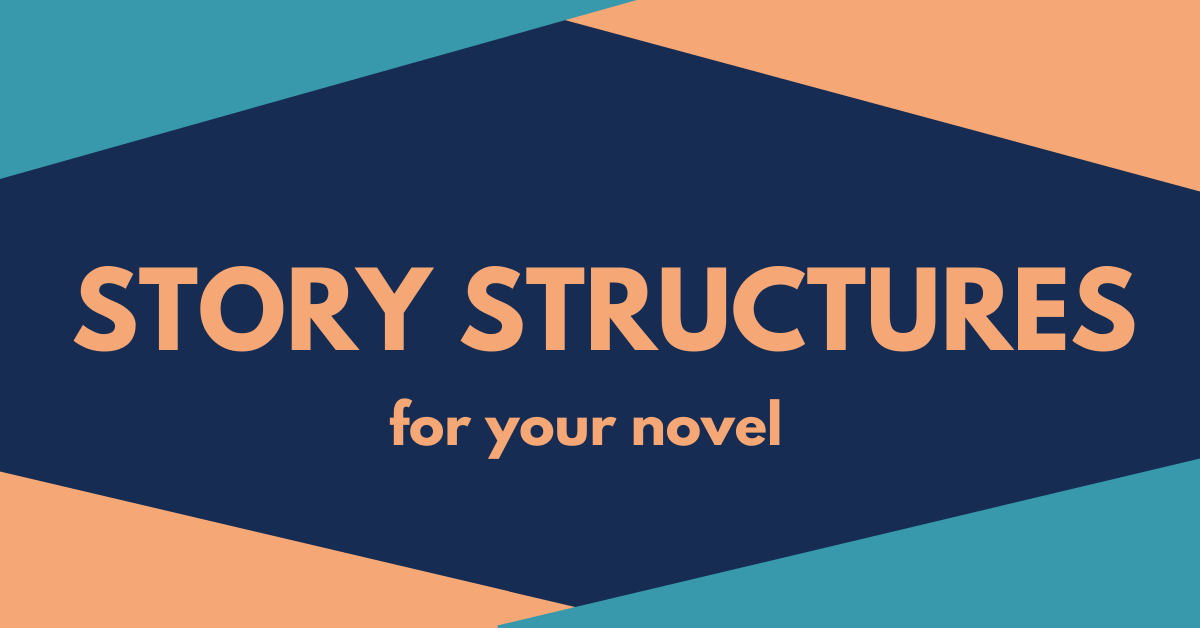
Before diving into page one, smart novelists know that structure is their secret weapon. Without it, your story can feel like a road trip without a map—lots of wandering, missed turns, and possibly ending up in a dead end. A well-planned structure gives your story a backbone, keeps your pacing tight, and makes sure your readers stay hooked from beginning to end.
Understanding the Basics of Novel Structure

What is Novel Structure?
Novel structure is the organized framework that outlines how your story unfolds. It dictates when events happen, how characters develop, and how tension rises and resolves. Think of it as the skeleton that holds the flesh of your story together.
Why Structure Matters
A clear structure helps you maintain focus while writing, ensures you hit emotional beats at the right time, and guides readers through an engaging journey. Without it, even the most beautiful sentences can feel like scattered puzzle pieces.
Choosing the Right Structure for Your Story

Linear vs. Non-linear Storytelling
A linear structure moves in chronological order—perfect for straightforward plots. A non-linear one plays with time, using flashbacks or multiple timelines to create intrigue.
The Three-Act Structure
Act One sets up your characters and conflict, Act Two builds tension, and Act Three delivers the climax and resolution. It’s a tried-and-true method for countless bestselling novels.
The Hero’s Journey
Popular in fantasy and adventure genres, the hero’s journey follows a character from their ordinary world through challenges, transformation, and return.
Knowing Your Genre and Audience

Your genre often dictates your structure. Romance readers expect relationship arcs to follow certain beats, while thrillers demand high tension and twists. Understanding your audience’s expectations helps you deliver a story that feels satisfying without being predictable.
Pre-Writing Preparation
Brainstorming Your Big Idea
Start with a concept that excites you. It could be a character, a setting, or a “what if” scenario.
Finding Your Story’s Core Theme
Themes—like redemption, love, or betrayal—help unify your plot and characters.
Defining the Message You Want to Convey
Knowing your message keeps your narrative focused and gives readers something to think about long after they’ve finished.
Building Your Story Skeleton

Beginning, Middle, and End
The beginning hooks the reader, the middle deepens the conflict, and the end delivers the payoff.
Creating the Inciting Incident
This is the event that propels your protagonist into action and makes your readers sit up.
Plot Points and Turning Points
Key moments shift your story’s direction, keeping momentum alive.
Developing Characters Before Plot

Characters drive stories. A well-developed protagonist with clear desires and flaws will naturally shape the events around them.
Strong Protagonists and Antagonists
Give them depth, motivation, and believable flaws.
Supporting Characters’ Roles
They’re not just background—they help push the plot forward and reveal sides of the protagonist.
Character Arcs
Your characters should grow and change, mirroring the story’s themes.
Outlining Your Novel

Benefits of Outlining
Outlining saves time, reduces plot holes, and helps you write faster.
Popular Outlining Methods
- Snowflake Method: Start small and expand in layers.
- Chapter-by-Chapter: Plan each chapter’s purpose.
- Mind Maps: Visualize connections between plot threads.
Scene and Chapter Planning
Each scene should serve a purpose—advancing the plot, revealing character, or building the world. Avoid filler scenes that don’t move the story forward.
Setting the Pacing
Great pacing balances action and downtime. Use shorter chapters during high tension and slower moments for emotional depth.
Worldbuilding and Setting Structure
If your novel has a unique world, weave details into the action rather than dumping them in long paragraphs.
Revisiting and Refining Your Structure

Don’t be afraid to adjust your structure as you write. Sometimes characters surprise you, and your outline should be flexible enough to adapt.
Common Pitfalls in Structuring a Novel
- Overcomplicating your plot with too many subplots
- Ignoring pacing in favor of flashy scenes
- Failing to build toward a satisfying climax
Tools and Resources for Structuring
Software like Scrivener, Plottr, or even simple spreadsheets can keep your structure organized. Printable beat sheets are also handy for quick reference.
Conclusion
Structuring your novel before writing isn’t about locking yourself into a rigid plan—it’s about giving yourself a roadmap. With the right structure, you can focus on the fun parts of writing while knowing your story is heading toward a satisfying destination. Plan smart, write freely, and watch your novel take shape with confidence.
FAQs
1. Do I have to stick to my novel’s structure exactly?
Not at all. Structure is a guide, not a prison. Adjust it as your story evolves.
2. How detailed should my outline be?
It depends on your style. Some writers love detailed chapter outlines, while others prefer loose bullet points.
3. Can I mix multiple structures?
Yes. You can blend the three-act structure with the hero’s journey or other methods to suit your story.
4. Is structuring important for short stories too?
Yes, even short stories benefit from a clear beginning, middle, and end.
5. How do I know if my structure works?
Test it by sharing with beta readers or mapping it against proven story templates.
